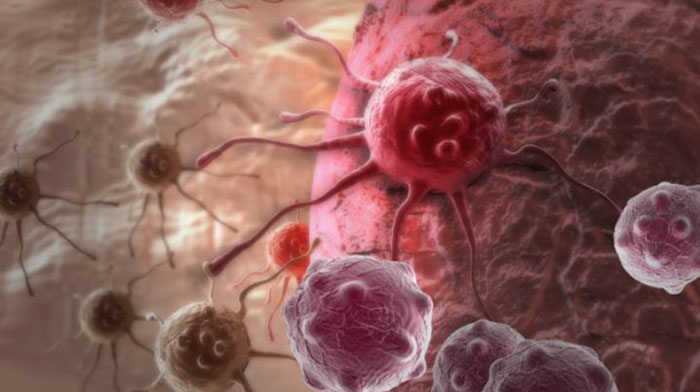2-step Therapy for Breast Tumour Shows Promise

Anti-erbB2/neu monoclonal antibodies (mAbs) alone are only effective in 30 per cent of breast cancer patients carrying the amplified target and cost about USD 100,000 a year, researchers said.
Currently, this antibody treatment must be combined with chemotherapy to increase the proportion of patients it helps. The major take-away from this study is that treatment with herceptin or lapatanib followed by interferon-gamma dramatically improves tumour eradication in the mice, said senior author Mark Greene, professor at Perelman School of Medicine.
This one-two punch renders the tumours highly sensitive to chemotherapy, which is needed to make the targeted therapy work.
This therapy, when translated for use in humans, would be beneficial in reducing toxicity because the amount of antibody could be decreased by two-thirds and the amount of chemotherapy by at least half.
This in turn, reduces the cost of treatment so that individuals previously not able to afford targeted therapy will be able to do so.
"All of the therapeutic agents used in this preclinical study are approved and we expect to try ordered therapy plus interferon in clinical trials soon," Greene said.
Interferon-gamma is a small protein called a cytokine normally produced by T cells as part of the immune response.
It is a well-known cytokine to immunologists but is not used by oncologists so much because of other side effects.
It works by rendering the tumour cells more susceptible to Her-2 inhibitors so that tumour cells are killed effectively.
In addition, this combination therapy also augments host tumour immunity, which can be a good advantage for this therapy, researchers said.
In a series of experiments in breast cancer cell lines and transgenic mice that develop breast cancer as adults, the team found that interferon-gamma on its own had no effect on tumours.
Treatment of the tumours with anti-erbB2/neu mAbs followed by interferon-gamma led to a considerable inhibition of tumour growth and reduction of tumour size in the mice when the therapy is combined with a typical chemotherapeutic agent.
The study was published in the journal Cell Reports.















































